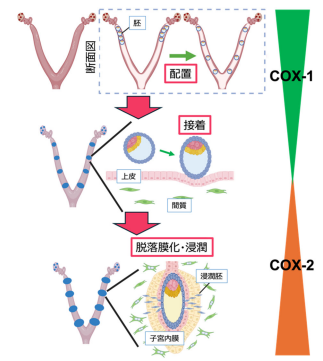224-10-08 ペンシルベニア州立大学(PennState)
<関連情報>
- https://www.psu.edu/news/research/story/rates-tick-borne-parasitic-disease-are-rise
- https://academic.oup.com/ofid/article/11/10/ofae504/7798103
ヒトのバベシア症を越えて 米国におけるバベシア症の有病率と死亡率との関連(2015~2022年):レトロスペクティブ・コホート研究 Beyond Human Babesiosis: Prevalence and Association of Babesia Coinfection with Mortality in the United States, 2015–2022: A Retrospective Cohort Study
Paddy Ssentongo, Natasha Venugopal, Yue Zhang, Vernon M Chinchilli, Djibril M Ba
Open Forum Infectious Diseases Published:08 October 2024
DOI:https://doi.org/10.1093/ofid/ofae504

Abstract
Background
The prevalence of Babesia coinfecting tick-borne zoonoses and mortality outcomes are not fully elucidated. The objective of the present study was to determine babesiosis coinfection prevalence rates and estimate the association with severe disease and mortality.
Methods
We queried the TriNetX database between 2015 and 2022 for patients with babesiosis. The prevalence of Babesia coinfecting tick-borne zoonoses was estimated. The analysis focused on babesiosis coinfection with Borrelia burgdorferi, ehrlichiosis, and anaplasmosis. The exposure was coinfection, and the control group was the Babesia-only group. The primary outcome was 90-day mortality from the diagnosis of Babesia. Secondary outcomes were prevalence of coinfection, association of coinfection with acute respiratory distress syndrome, multiorgan failure, and disseminated intravascular coagulation. A multivariable logistic regression model was employed to estimate the disease severity and mortality risk associated with coinfections.
Results
Of the 3521 patients infected with Babesia, the mean age (SD) was 56 (18) years, 51% were male, and 78% were White. The frequency of overall malignancies, lymphomas, and asplenia was 19%, 2%, and 2%, respectively. Temporal distribution of coinfections followed the overall babesiosis pattern, peaking in the summer months. The prevalence of 1 or more coinfections was 42% (95% CI, 40%–43%). The rate of coinfection with Borrelia burgdorferi was the highest at 41% (95% CI, 39%–42%), followed by ehrlichiosis at 3.7% (95% CI, 3.1%–4.4%) and anaplasmosis at only 0.3% (95% CI, 0.2%–0.6%). Doxycycline was more likely to be prescribed in the coinfection group than the Babesia-only group (25% vs 18%; P < .0001). Overall, 90-day mortality was 1.4% (95% CI, 1.0%–1.8%). After adjusting for potential confounding factors, compared with the babesiosis-only group, the likelihood of 90-day mortality was lower in the coinfection group (adjusted odds ratio, 0.43; 95% CI, 0.20–0.91). Severe disease did not differ significantly between the 2 groups.
Conclusions
In this extensive study of >3000 patients with babesiosis in the United States, 4 in 10 patients had coinfecting tick-borne zoonoses. The prevalence rates of coinfection were highest with Borrelia burgdorferi, followed by ehrlichiosis, and lowest with anaplasmosis. Coinfection with other tick-borne infections was not associated with severe disease. It is plausible that this finding is due to the likelihood of treatment of coinfections with doxycycline. Future studies are needed to investigate the possible therapeutic benefits of doxycycline in babesiosis patients as, to date, no trials with doxycycline have been conducted in human patients with Babesia infections.


